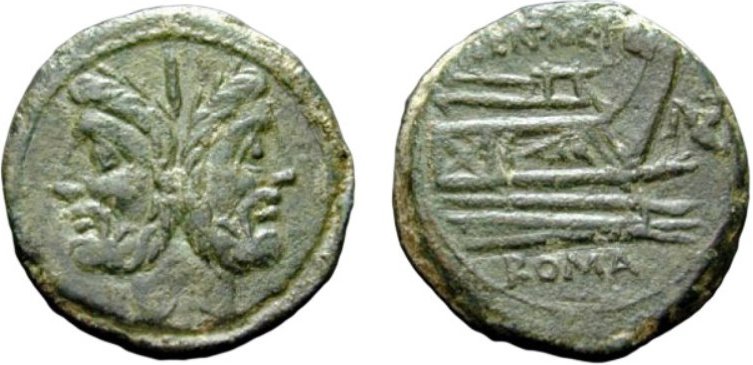The 'foot' in front in Hb3-15 comes 6 days (glyphs) after that in Hb3-9:
Which fact makes me remember a question I asked myself when seeing what Metoro had said here (Bb11-25--32):
Atariki = First-born. (Vanaga) How did Metoro know this? Now I may continue with a next question: Did he read this from the outstretched leg in front? I earlier (in Hb9-53) guessed this sign meant 'running'. But perhaps Metoro read this as 'first'? The haú with leg is the first of its kind in this text, in the first of the periods. Son, daughter; in wider sense: nephew, niece, child in general. Poki atariki, eldest child, first-born; poki hagupotu, youngest child; poki hâgai, adopted child. Vanaga. And the first glyph of all in this part of the H text.(Hb3-9) has an outstretched leg. And in period 3 in the calendar of the year there is a haú with leg (Ga3-14), perhaps a new year starts there? If you don't run, then you won't come first. Not be the first to be born, cfr Tiki and Tane (Saturday indeed comes before Sunday). Saturn is the oldest of the planets, because he moves so slowly. Therefore he must be the first born. Q.E.D.
|
||||||||||||||||||||||||||||||||||||||||||||||||||||||||||||||||||||||||||||||||||||||||||||||||||||||||||||||||
























